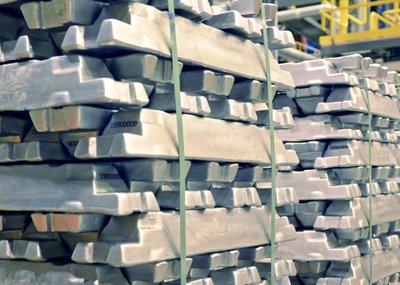Rio Tinto 's aluminium smelter in New Zealand, which has suffered losses in two of the last three years, faces a July 1 deadline to decide whether to extend its power supply contract with utility Meridian Energy .
The decision could determine the future of the 350,000-tonne-per-year smelter, which is the country's single biggest energy consumer, beyond 2017 following a battle by the plant's owners to slash its power costs.
The smelter has struggled with weak aluminium prices and a high New Zealand dollar for several years, and has been seeking cheaper power, even though it returned to an underlying profit of NZ$56 million in 2014 after two years of losses.
The plant was given a NZ$30 million subsidy in 2013 by the government to bridge the price gap between Meridian and the plant's owners, New Zealand Aluminium Smelters (NZAS), which is a joint venture between Rio Tinto and Sumitomo Chemicals.
NZAS also has an option later in the year to reduce the amount of power it buys from Meridian by about 30 percent.
The two sides have been holding talks on the issues, but NZAS declined to comment, while a Meridian spokesman said it did not know what the decision would be.
In April, NZAS Chief Executive Gretta Stephens said in a statement the plant faced "an extremely tough operating environment here in New Zealand."
Some analysts said that the likelihood of the smelter remaining open had increased after the local dollar had fallen 12.6 percent so far this year, improving the smelter's export returns and helping to offset a renewed weakness in aluminium prices which are hovering around one year lows.
"With the lower New Zealand dollar, most expect NZAS will seek to maintain power contracts, with some potential to gain some supply from another generator," said analyst Craig Stent at Harbour Asset Management.
The smelter is one a few worldwide making high-quality aluminium used in plane construction and electronics, and the costs of closing the plant and cleaning up the site has been estimated at hundreds of millions of dollars.
Longer term, the New Zealand power sector regulator is looking at reforms to setting transmission charges which might deliver savings of as much as NZ$50 million a year.
The smelter, close to the southern city of Invercargill, consumes about 13 percent of New Zealand's power output and a decision to close would cause a glut, sending prices lower in a market which has seen scant growth.
Source: uk.finance.yahoo.com
×


